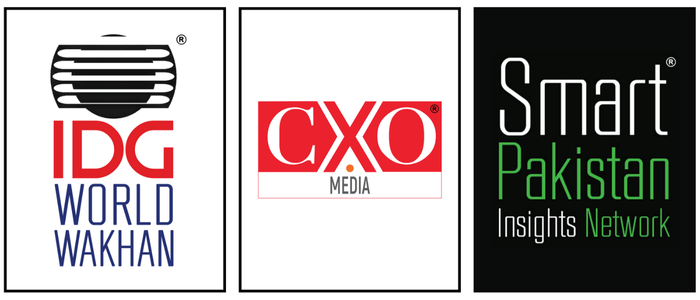As organizations worldwide brace for the next wave of digital transformation, Forrester’s Predictions 2025: Tech & Security report illuminates a landscape shaped by accelerating innovation, complex risk, and shifting regulatory pressures. For CIOs and technology leaders, these insights are not abstract—they demand practical interpretation, particularly in markets like Pakistan, where digital adoption is uneven and infrastructure challenges add layers of complexity to strategic planning.
The report identifies technical debt from AI adoption as a looming challenge for 2025. Enterprises that rapidly implemented AI solutions without fully integrating them into existing systems now face increased complexity and maintenance burdens. In Pakistan, this issue is particularly acute in sectors such as banking, telecom, and government services, where legacy systems still underpin core operations. For a CIO managing multiple enterprise applications, the challenge is to scale AI-driven platforms for efficiency and insight while avoiding further strain on systems already stretched thin.
While AI has undeniably generated improvements in customer experience, operational efficiency, and new revenue channels, Forrester notes that ROI timelines often extend beyond initial expectations. In Pakistan, enterprises experimenting with AI in areas such as digital financial services, customer analytics, and predictive maintenance may be tempted to scale back prematurely when early gains appear modest. The report underscores the need for strategically targeted AI initiatives: enterprises should prioritize high-impact use cases leveraging proprietary data and domain expertise, ensuring AI projects are measured and aligned with long-term business objectives rather than chasing hype.
Forrester also emphasizes the importance of focusing on fundamentals to sustain growth. Organizations that succeed in 2025 will be those that consolidate early digital wins into structured, repeatable practices. In Pakistan, where connectivity, regulatory enforcement, and workforce readiness vary widely, this principle requires careful orchestration. CIOs must balance experimentation with disciplined execution—investing in scalable cloud infrastructures, refining software development life cycles, standardizing data governance, and implementing AIOps to optimize operational efficiency. These measures help ensure that digital initiatives deliver value and resilience rather than fragmenting organizational capabilities.
Cybersecurity emerges as another defining frontier. With global cybercrime projected to cost $12 trillion in 2025, regulatory oversight is intensifying. For Pakistani CIOs, this trend intersects with evolving local regulations and sector-specific compliance requirements. Financial institutions, digital payment platforms like Raast, and e-commerce companies must treat cyber risk management as a core operational function rather than a checklist exercise. Forrester highlights that class-action costs stemming from breaches are expected to exceed regulatory fines, emphasizing the reputational and financial stakes of robust cyber hygiene.
Generative AI presents both opportunity and caution. Forrester predicts that CISOs will deprioritize generative AI within security functions due to uncertain ROI. Pakistani organizations, often constrained by talent and resources, must weigh the potential of generative AI against operational risk and governance demands. Meanwhile, geopolitical shifts in software supply chains, including anticipated government restrictions on certain third-party or open-source components, underscore the need for careful vendor management and strategic sourcing decisions, particularly for firms operating across borders.
Operational efficiency, security, and strategic AI adoption are interconnected, and Forrester’s insights reinforce that technology leadership in 2025 is about balancing innovation with operational resilience. In Pakistan, CIOs face the dual task of harnessing global trends while adapting them to a local context marked by infrastructural limitations, regulatory shifts, and evolving market expectations. By emphasizing disciplined integration of AI, robust risk management, and scalable IT architectures, CIOs can position their organizations to capitalize on emerging opportunities while safeguarding against disruption and reputational damage.
Follow the SPIN IDG WhatsApp Channel for updates across the Smart Pakistan Insights Network covering all of Pakistan’s technology ecosystem.





